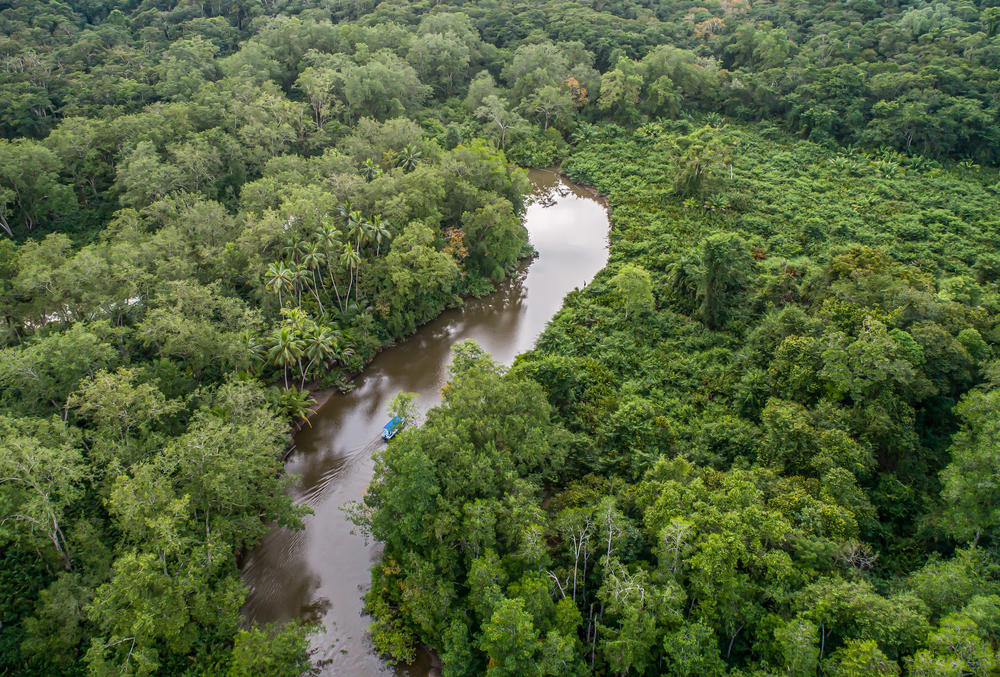
By Rita Evelyne Joshua, Publishing Associate: Researcher and Writer at Save the Water™ | June 18, 2025
Edited by Joshua Awolaye, Publishing Associate: Editor at Save the Water™
Microplastics (MPs) are a widespread synthetic pollutant. Scientists detect these particles everywhere on Earth. They are in the air, water, soil, and oceans at all depths. They are also found in humans, including the brain, breast milk, etc. They pose great threats to ecosystems and affect environmental processes. Additionally, when MPs enter coastal waters, they sink to the bottom and enter the food cycle. Thus, it is difficult for scientists to map MPs in ocean ecosystems.
Furthermore, MIT scientists conducted new research on microplastics collected in nature. Their study found that ocean microbes produce a substance called extracellular polysaccharide (EPS). This EPS sticks to sand particles along coastlines and forms a natural barrier. As a result, this barrier blocks MPs from settling on surfaces and stops them from piling up along the coast.
Microorganisms secrete extracellular polysaccharides, which are complex carbohydrate compounds, to protect themselves from harmful conditions. Microorganisms release these extracellular polysaccharides outside their cells. This substance coats the bacteria’s surface. EPS looks like a gel-like or sticky material that contains nutrients and minerals.
Researchers have discovered the commercial potential of EPS and now use it in food additives and medicines. Additionally, water treatment plants use biofilms that contain microbes mixed with extracellular polysaccharides. These biofilms help clean organic waste from water.
Rain, stormwater, and rivers carry sediments to coastal waters through runoff. These sediments bring tons of MPs into the ocean. Studies show that about 23 tonnes enter the oceans each year. When microplastics reach the coast, they mix with organic matter and settle down. This happens in zones where water flows slowly without strong currents or waves.
However, not all MPs stay near the coast. Ocean currents carry some MPs offshore, where they float on the water surface. Ocean breezes and storms then spread these floating particles across wider areas. The lighter particles continue floating, and aquatic animals consume them along with food. Meanwhile, the heavier plastic pieces sink to deeper ocean floors. As a result, this widespread plastic pollution disrupts the ocean’s carbon cycle and harms marine ecosystems in various ways.
In this study, researchers tested how extracellular polysaccharides affect microplastic sticking to surfaces at different water speeds using controlled experiments.
The results showed that extracellular polysaccharides fill the spaces (called pores) between sand particles and create bridge-like structures. These structures prevent microplastics from settling or hiding on surfaces. Additionally, the researchers also ran a comparison experiment using only sand without EPS. In this case, MPs settled between the sand grains, but high water speeds stirred them back into the water.
Furthermore, the study also found that vegetation cover (mangrove forests) prevents microplastic settling by creating water turbulence. This natural process creates microplastic-free zones around vegetated areas.
This research provides several practical applications in environmental science and management:
Lastly, this research shows us a new way to understand how plants and extracellular polysaccharides protect nature from microplastic pollution. Scientists need to do more tests to find the best water speed, plant types, and EPS amounts to help block microplastics.